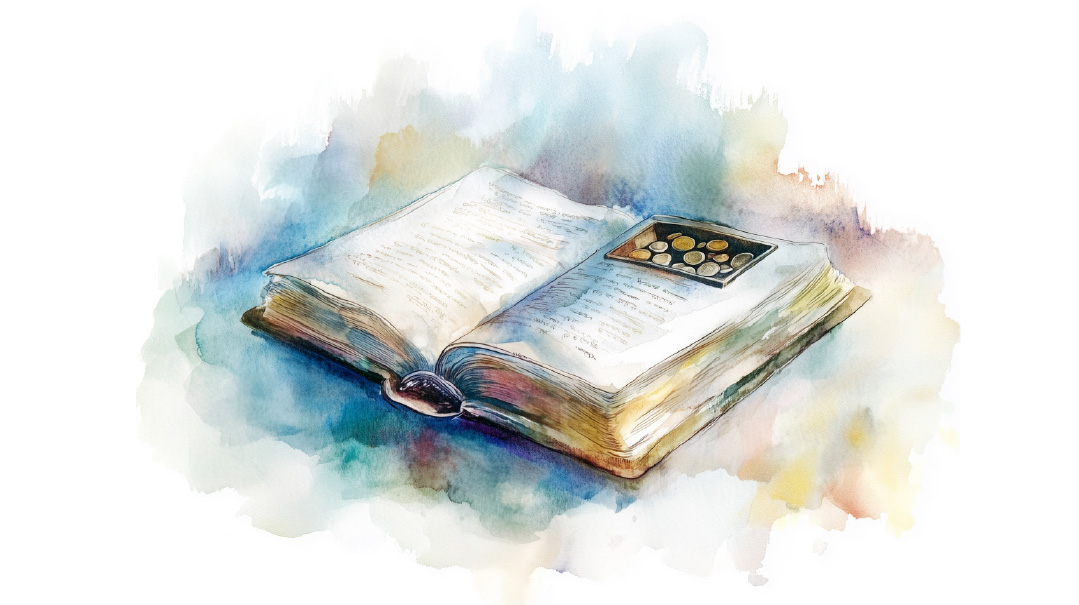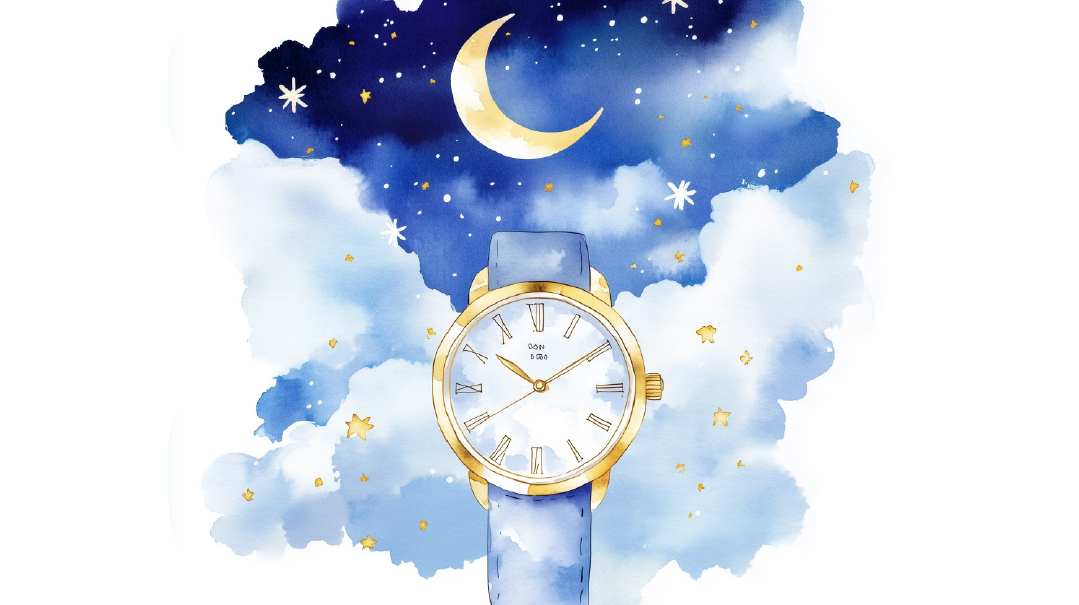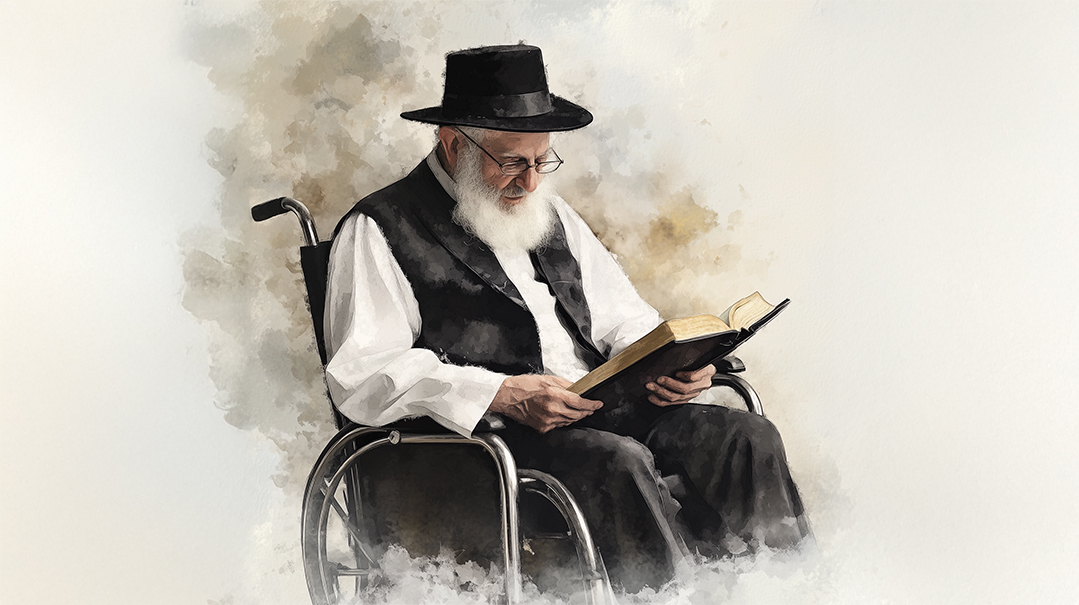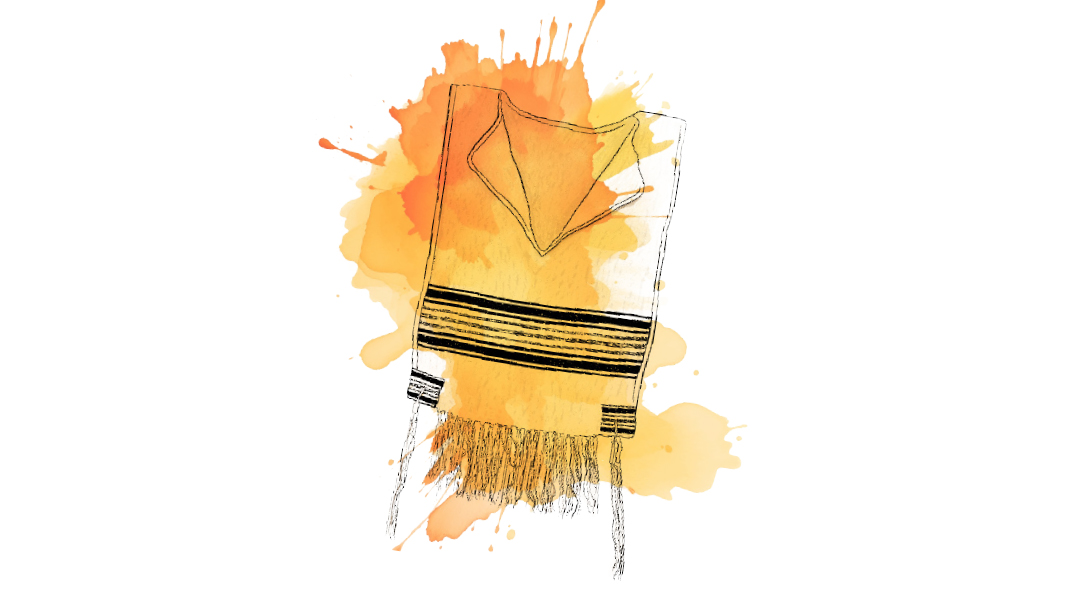The Tenth of Av
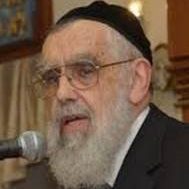

I
t is the morning after Tishah B’Av. The fasting is done the kinnos dirges are closed the book of Eichah/ Lamentations is back on the shelf the low stools are stored away meat is back on the menu the radio’s good music station beckons.
Nevertheless I feel a certain unease about returning to life without any mourning restrictions. How am I supposed to switch moods from yesterday’s gloom and doom to a new bright day of joy and simchah? On 9 Av we mourned the destruction and burning of the Beis Hamikdash and all that it represented in terms of G-d’s presence on earth and we wept over the brutal murder and torture of Jews who were taken into captivity by a ruthless enemy. For our forebears the tragedy did not end with the Ninth of Av. It continued into the 10th of Av and the 11th and the 12th and into the many centuries beyond. How is it possible to be in deep mourning on a Sunday and then on Monday to smile again as if nothing happened?
Truth to tell not everyone would relate to my discomfort. A certain Orthodox organization in a new chapter of Vulgariana Americana runs a fundraiser just after Nine Av with all-you-can-eat steak beef with all the trimmings plus alcoholic beverages — all proceeds going to charity. (Yeshayahu 1:12 comes to mind. I would rather not cite it. Look it up.)
So I am a bit ill at ease this morning as I flip on the good music station hoping that the music will be gloomy Mahler and not flippant Offenbach. Nor am I content about bathing luxuriously which as communal mourners we avoided during the previous nine days. And I am a bit uncomfortable about wearing a freshly laundered and crisply ironed shirt that was just recently off-limits. Certainly halachah permits these things now but part of me keeps thinking about those days that followed the Ninth of Av.
This is not to suggest that in Jewish life we lack for year-round reminders of the destruction. Thrice daily we pray for the rebuilding of Jerusalem; the Bircas Hamazon after every meal refers to building Jerusalem; many Jerusalemites utilize only drums and no instruments for their wedding music; we rend our garments when approaching the Kosel Hamaaravi; many Jewish homes leave unfinished a segment of an interior wall as a zecher l’Churban. As a people we have not forgotten. It is only the jolting suddenness of the post–9 Av turnaround that is difficult. If our grief is genuine and not artificial it cannot be turned on and off like a spigot. It lingers on.
When astronauts return from outer space they enter a decompression chamber to help them readjust to the earth’s atmosphere. To help us readjust to normal life we too need some decompression when we clamber out of the depths of tragedy perhaps some mechanism such as post-Nine Av shiurim lectures or discussion groups precisely to give us — literally — a lift. The same creative energies that make Tishah B’Av a meaningful day — the numerous classes and lectures and programs and videos — might be put to similar use post–Tishah B’Av.
This is not to gainsay the fact that Jewish tradition is already exquisitely sensitive to our painful condition. The first Shabbos after 9 Av is called Shabbos Nachamu the “Sabbath of Consolation” in which we read the reassuring words of the prophet Yeshayahu 40: “Comfort ye comfort ye My people.” This is followed by six more “Shabbosim of Consolation” (the Shiva D’nechemta) with similar comforting readings that carry us all the way to Rosh Hashanah. Furthermore our Sages declare that 9 Av will someday be a holiday for Eichah/Lamentatons 1:15 refers to the Ninth of Av as a moed. Moed means a “set time ” but it also means “festival.” This hints that at the end of days and our final redemption Tishah B’Av will be a joyous Yom Tov. (See Zechariah 8:19.) For good measure they add that on this day the Messiah is born and is ready to redeem us when we are found worthy (See Midrash Eichah Rabbah I:7). Thus there is a mysterious message of hope and deliverance deeply embedded within the Ninth of Av. Perhaps then the decompression chamber we seek is already in place. We need only dig beneath the bleak surface.
Our faith and hope is that by this time next year we will have no post-Tishah B’Av blues for our redemption will have come we will have cast away our kinnos and our eyes will witness the transformation of mourning into gladness — not only on the Ninth of Av but on the 10th the 11th the 12th and far beyond.
Oops! We could not locate your form.

